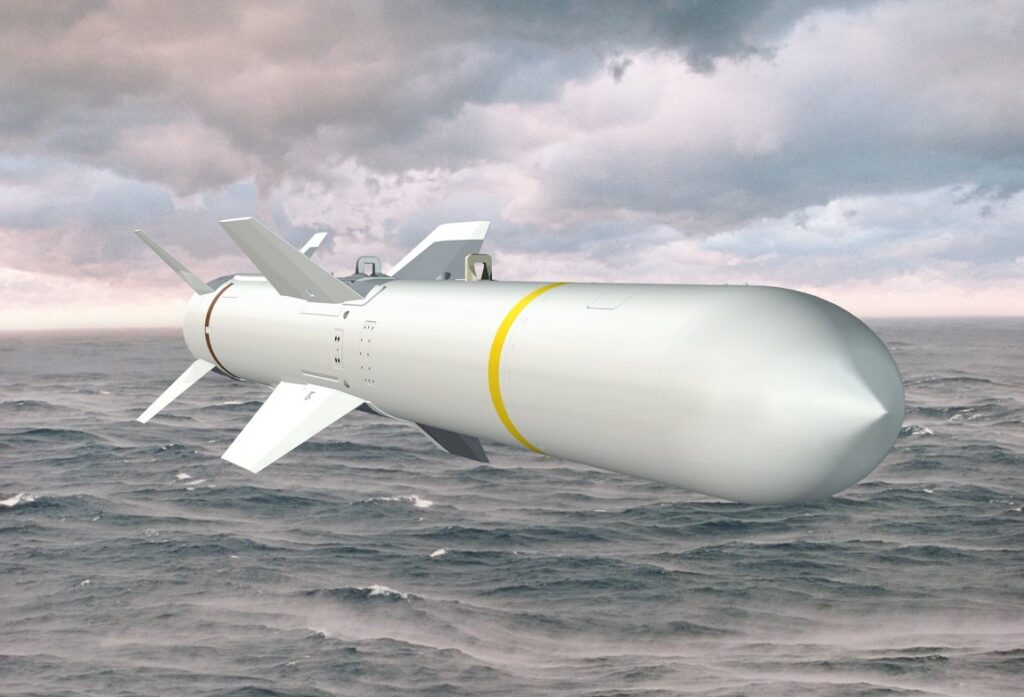The US Senate has earmarked $13 million for a program seeking to expand the range and lethality of US military munitions.
Part of the $886 billion defense bill, the project calls for investment in chemicals such as China Lake Compound no. 20 (CL-20) that have a higher energy output than current explosives used in warheads, known as “energetics.”
The chemical name is derived from the government-owned California-based research facility — Naval Air Weapons Station China Lake — where it was initially synthesized in the 1980s.
More Powerful Weapons with Greater Range
Replacing current energetics with CL-20-like chemicals could increase the range of some current munitions by up to 20 percent, Reuters wrote, citing two congressional aides and two US officials.
The new energetic materials give a 400-pound bomb “the same lethality as a current 1000-pound bomb,” Reuters wrote citing a 2021 US Energetics Technology Center report.
The chemical’s greater efficiency could also enable fighter jets and warships to carry lighter and smaller munitions in greater numbers.
“Unfortunately, the Pentagon has grown complacent using 1940s-era energetics and neglected advanced energetics like CL-20 that are necessary to increasing the range and lethality of our force,” Representative Mike Gallagher (R) told Reuters.
“Every foot farther a missile can travel is a foot farther an American service member is from danger.”
Most Destructive Non-Nuclear Explosive
CL-20 is the most destructive non-nuclear explosive, with blast pressures multiple times that of explosives such as TNT and RDX.
However, the chemical’s greater sensitivity to shock makes it prone to accidents, which has prevented its mass production.
China’s CL-20 Progress
China is the only country with an industrial capability to produce the chemical, having used it in some weapons, South China Morning Post wrote, citing the Energetics Technology Center paper.
The country has also reportedly taken steps to reduce the chemical’s shock sensitivity through nanotechnology, paving the way for its potential mass production.
Northrop Grumman and Aerojet Rocketdyne, recently purchased by L3Harris Technologies, are two of the leading manufacturers of the chemical in the US.
With an eye on China in the Pacific, the US hopes the initial funding leads to billions of dollars of new spending on munitions using chemicals such as CL-20.
Likely Weapons Candidates for CL-20
The Senate fund will be used to set up an office for energetic materials within the Department of Defense, which would act as a coordinating body between the three military services, according to Reuters.
The House version of the annual defense bill calls for a CL-20 pilot program that swaps out “either the explosive or propellant in three existing weapons.”
The candidate weapons for the program could be the upcoming Long-Range Anti-Ship Missile, Joint Air to Surface Standoff Missile, Harpoon anti-ship missile, or the Javelin anti-tank weapon, Reuters wrote, citing Bob Kavetsky of the Energetics Technology Center.



